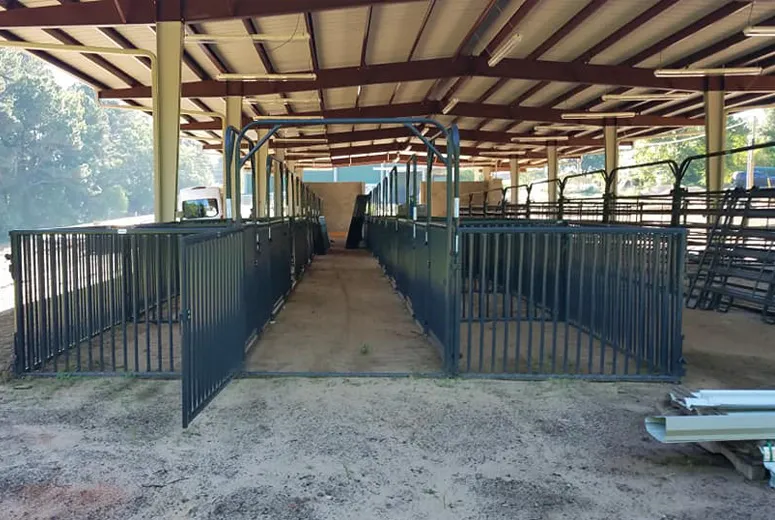- Afrikaans
- Albanian
- Amharic
- Arabic
- Armenian
- Azerbaijani
- Basque
- Belarusian
- Bengali
- Bosnian
- Bulgarian
- Catalan
- Cebuano
- Corsican
- Croatian
- Czech
- Danish
- Dutch
- English
- Esperanto
- Estonian
- Finnish
- French
- Frisian
- Galician
- Georgian
- German
- Greek
- Gujarati
- Haitian Creole
- hausa
- hawaiian
- Hebrew
- Hindi
- Miao
- Hungarian
- Icelandic
- igbo
- Indonesian
- irish
- Italian
- Japanese
- Javanese
- Kannada
- kazakh
- Khmer
- Rwandese
- Korean
- Kurdish
- Kyrgyz
- Lao
- Latin
- Latvian
- Lithuanian
- Luxembourgish
- Macedonian
- Malgashi
- Malay
- Malayalam
- Maltese
- Maori
- Marathi
- Mongolian
- Myanmar
- Nepali
- Norwegian
- Norwegian
- Occitan
- Pashto
- Persian
- Polish
- Portuguese
- Punjabi
- Romanian
- Russian
- Samoan
- Scottish Gaelic
- Serbian
- Sesotho
- Shona
- Sindhi
- Sinhala
- Slovak
- Slovenian
- Somali
- Spanish
- Sundanese
- Swahili
- Swedish
- Tagalog
- Tajik
- Tamil
- Tatar
- Telugu
- Thai
- Turkish
- Turkmen
- Ukrainian
- Urdu
- Uighur
- Uzbek
- Vietnamese
- Welsh
- Bantu
- Yiddish
- Yoruba
- Zulu
දෙසැ. . 19, 2024 02:18 Back to list
Residential Metal Framing The Future of Home Construction
In recent years, the construction industry has witnessed a significant shift from traditional materials like wood to more innovative alternatives, one of which is metal framing. Residential metal framing is gradually gaining popularity among builders, architects, and homeowners due to its numerous advantages and versatility. This article explores the benefits, challenges, and future potential of metal framing in residential construction.
What is Residential Metal Framing?
Residential metal framing involves using steel studs, tracks, and other metal components to create the skeletal structure of a building, replacing the conventional wooden framing system. Steel framing has been a common choice in commercial construction for decades, but it is now being adopted for residential projects, ranging from single-family homes to multi-family units.
Benefits of Metal Framing
1. Durability and Strength One of the most compelling reasons to opt for metal framing is its inherent strength and durability. Steel is resistant to warping, cracking, and splitting, which are common issues with wood framing. This longevity ensures that metal-framed homes can withstand harsh weather conditions and require fewer repairs over time.
2. Pest Resistance Unlike wood, steel is impervious to pests like termites, carpenter ants, and other insects that can damage wooden structures. This pest resistance is particularly appealing to homeowners looking for low-maintenance options.
3. Fire Resistance Steel framing is non-combustible, offering enhanced fire safety compared to traditional wooden frames. This characteristic not only protects the structure but can also result in lower insurance premiums for homeowners.
4. Sustainability As society becomes more environmentally conscious, the demand for sustainable building materials has increased. Metal can be recycled repeatedly without losing its structural integrity. Using steel in construction can significantly reduce the carbon footprint, especially when sourced from recycled materials.
residential metal framing

5. Design Flexibility Metal framing allows for greater design flexibility. Steel can be fabricated into various shapes and sizes, enabling architects to create innovative designs that might be difficult or impossible to achieve with wood. Additionally, metal framing can support larger spans, allowing for open floor plans that many modern homeowners desire.
Challenges of Metal Framing
Despite its many advantages, metal framing is not without challenges. One significant issue is the cost. Initially, the price of steel can be higher than that of lumber, although fluctuations in the market can affect this comparison. Additionally, labor costs for metal framing can be higher because specialized skills and tools are often required for assembly and installation.
Another challenge is thermal conductivity. Steel is a better conductor of heat compared to wood, which can lead to energy efficiency issues if not properly insulated. Builders must invest in effective insulation techniques to ensure that metal-framed homes are energy-efficient.
The Future of Metal Framing in Residential Construction
As technology advances, the future of residential metal framing looks promising. Innovations in manufacturing techniques, such as light-gauge steel construction and pre-fabricated wall systems, are streamlining the building process and reducing construction timelines. Furthermore, advancements in insulation materials are overcoming thermal conductivity concerns, making metal framing a viable option for all types of climates.
Moreover, as environmental considerations become increasingly important, metal’s recyclability and durability make it an attractive choice for eco-conscious builders and homeowners. With urbanization continuing to rise and the need for sustainable building practices becoming paramount, metal framing is set to play a crucial role in shaping the future of residential construction.
Conclusion
Residential metal framing offers a myriad of benefits that cater to the evolving needs of modern homeowners and builders. Though challenges remain, ongoing advancements and a growing emphasis on sustainability are likely to propel metal framing into the mainstream. As more people recognize the advantages of metal framing, it will undoubtedly become a key player in the future of residential construction. Embracing this innovative approach can lead to safer, more durable, and environmentally friendly homes, marking a significant shift in how we build our living spaces.
-
Cold Formed Steel Residential Framing
NewsMay.21,2025
-
Innovative Steel Structure Building Solutions
NewsMay.19,2025
-
Innovative Prefab Metal Shed Solutions
NewsMay.19,2025
-
Durable Steel Horse Shelter Solutions
NewsMay.19,2025
-
Durable Metal Shed Solutions
NewsMay.19,2025
-
Durable Big Metal Shed Solutions
NewsMay.19,2025
Products categories
Our Latest News
We have a professional design team and an excellent production and construction team.












